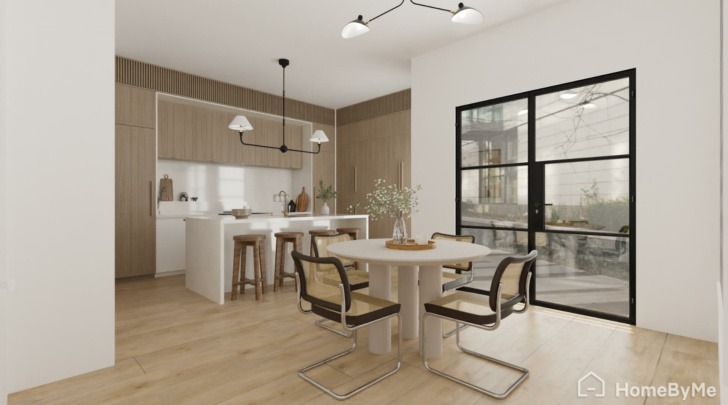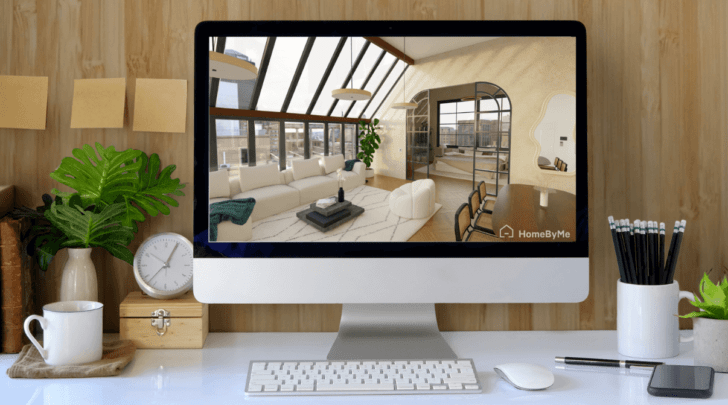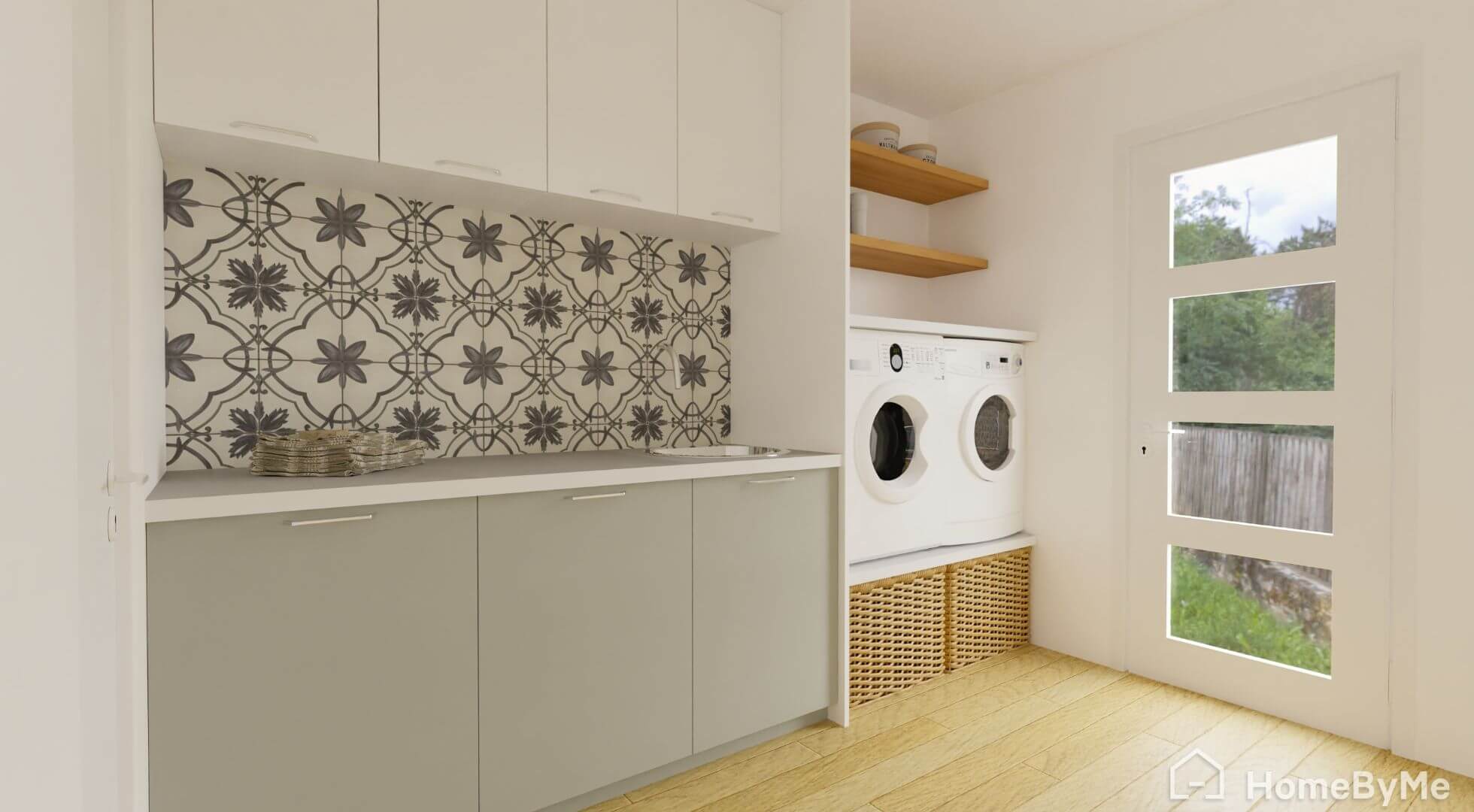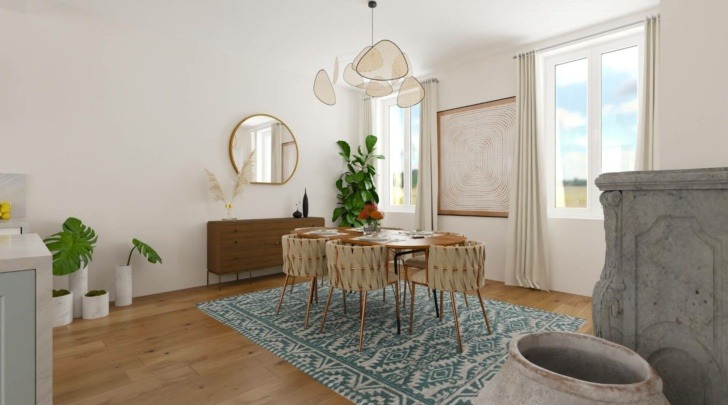Designing the Perfect Home Music Room in 3D: A Guide for Interior Designers
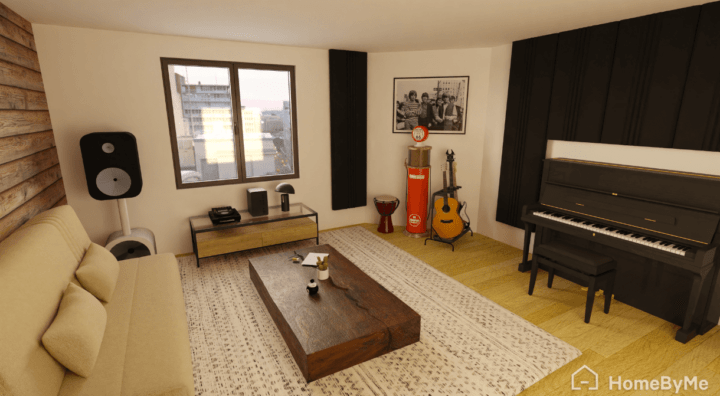
Create your perfect home designs in 3D
Try it in your virtual home
Be sure your furniture is perfect before getting things real
Design a dreamy home music studio for clients with our comprehensive tips and step-by-step guide on how to execute your vision using powerful 3D floor planners.
Planning to design a top-notch home music room? This type of project demands meticulous attention to detail, balancing aesthetics and acoustics while meeting the client’s unique needs. Whether you’re an interior designer aiming to create the perfect home music sanctuary, or a music enthusiast eager to DIY, you’re in the right place. In this guide, we’ll take you through the entire process, from the initial floor plan to the creation of a detailed 3D model. We dish out key tips, home music decor ideas, and the essential tools that will let you translate your music studio vision into a remarkable reality with precision and ease.
Essential Music Room Ideas for Discerning Designers
For interior designers seeking to excel in designing outstanding home music rooms, attention to detail is paramount. Below, we highlight the core factors for your music room ideas that will underpin the success of a music room design.
Client Vision
Start by thoroughly understanding your client’s vision for the music room. Discuss their musical preferences, how they intend to use the space and any specific aesthetic or functional requirements.
Acoustic Considerations
Pay careful attention to the acoustics of the room. Ensure that the layout, materials, and furnishings support optimal sound quality and control. Collaboration with acoustic experts may be necessary for achieving the desired results.
Instrument Integration
Seamlessly incorporate musical instruments into the design. Consider factors such as instrument storage, display, and accessibility. The placement of instruments should align with both aesthetics and functionality.
Versatility
Design the space with versatility in mind. Assess whether the room can serve multiple purposes, such as a recording studio, practice area, or teaching space. A flexible design adds value to the room.
Material Selection
Choose materials that align with the overall design and acoustic goals. Prioritize materials that are not only visually appealing but also contribute to sound control and ambiance.
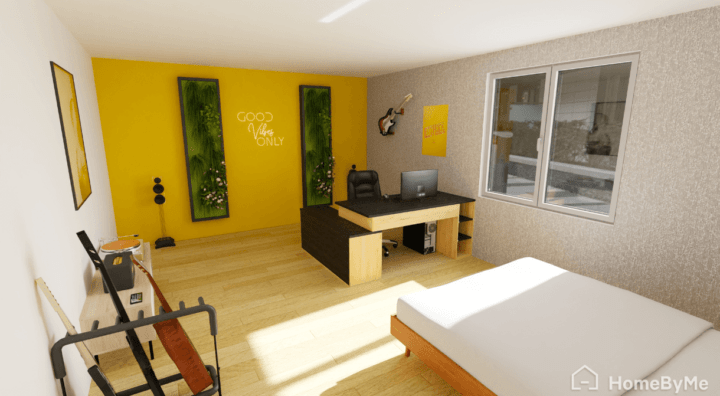
Elevating Music Room Decor
To stand out as an interior designer, the detail in decor can make all the difference. Once you’ve settled on your client’s music room ideas, here’s how you can enhance the finer points of the home music room decor.
Color Palette
Choose a color palette that complements the chosen theme. Calming blues or earthy tones are ideal for a classical music room, vibrant colors for an energetic space, or a mix of neutrals for versatility.
Lighting
Lighting plays a crucial role in creating the right ambiance. Consider adjustable fixtures, task lighting for sheet music, and ambient lighting to set the mood.
Furniture Selection
Select furniture that not only matches the theme but is also comfortable and functional. Ergonomic seating is a must for long practice sessions.
Textiles and Fabrics
Add plush rugs, curtains, and throw pillows to enhance comfort and aesthetics. Sound-absorbing curtains can help control sound within the room.
Personal Touches
Incorporate personal memorabilia and artwork that reflect the client’s musical journey. These items can add personality and serve as a conversation starter while creating a warm, inviting atmosphere.
Technology Integration
Integrate advanced audiovisual technology seamlessly into the design. Plan for efficient wiring, equipment storage, and connectivity solutions to provide a hassle-free experience for users.
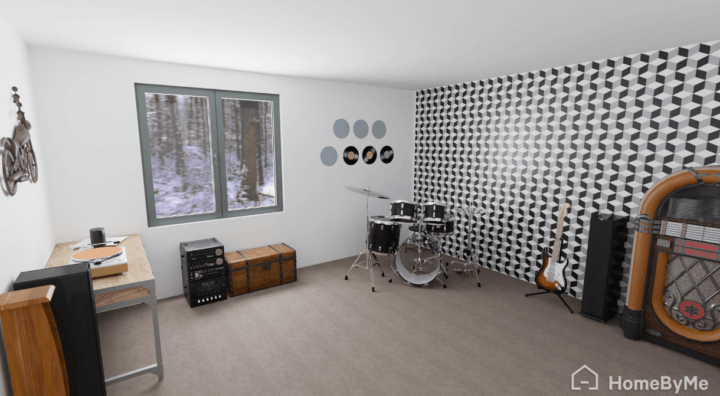
Designing a Home Music Studio with a 3D Floor Planner: A Step-By-Step Guide
Now, let’s harness the power of 3D home design planners to create a custom home music studio for your clients. Below, we show you how to leverage the HomeByMe platform to visualize, plan, and execute intricate designs for a music room in detail.
Let's walk through the process step-by-step:
1 Step 1. Sign up and begin by following the prompts
Start by signing up for a free account. Follow the prompts, add a title to create a new project, and launch the dashboard.
2 Step 2. Begin creating the floor plan of the music room
Use the intuitive drawing tools to create the layout of the room. Start with the dimensions and general shape of the space. You can do this by using a room template or by adding and connecting each wall using the Build tab in the toolbar.
Alternatively, import an existing plan if there is one. Change the measurements to coincide with the room so it is precise.
3 Step 3. Explore different design elements for the music studio
Switch the floor plan from 2D to 3D using the view mode options. Navigate to the toolbar to explore HomeByMe’s library of objects, furniture, and materials.
Search for specific musical instruments, furnishings, and decor items you want to incorporate into the room.
4 Step 4. Experiment with different styles, from classic to contemporary
Find the perfect fit for your music room. HomeByMe allows you to change the materials, colors, and finishes to match your concept.
You can easily drag and drop elements into your virtual space or delete them with a click.
5 Step 5. Optimize the room’s acoustics
Next, focus on optimizing the acoustics of the music studio. Add acoustic panels and sound proofing materials to achieve the desired sound quality.
Implement these in your design to minimize sound leakage and ensure that the music room is isolated from external noise.
6 Step 6. Take a virtual walkthrough of the space
The 3D rendering capabilities allow you to take a virtual walkthrough of the home music room.
This immersive experience helps you visualize the details and make informed decisions about what stays and what might need to be refined.
7 Step 7. Review the cost estimation tools
HomeByMe provides cost estimation tools, helping you stay within budget.
Review and adjust the design elements if needed to align with the financial plan without compromising on quality.
8 Step 8. Collaborate and share your design
Invite clients and collaborators to join you in real-time on your project.
Share your vision and a direct link for them to view and tour the studio and gather feedback.
By utilizing the power renderings and capabilities of 3D design planners like HomeByMe, you can create a home music room that not only meets but exceeds your client’s expectations. Its user-friendly interface, extensive library of materials, and advanced features make it an invaluable tool for turning ideas into reality and showcasing your prowess as an interior designer.
Explore the essentials to perfecting layouts, and how 3D home design tools offer endless possibilities to create flawless designs.
Create your perfect home designs in 3D
Try it in your virtual home
Be sure your furniture is perfect before getting things real
Make flawless Design plans

